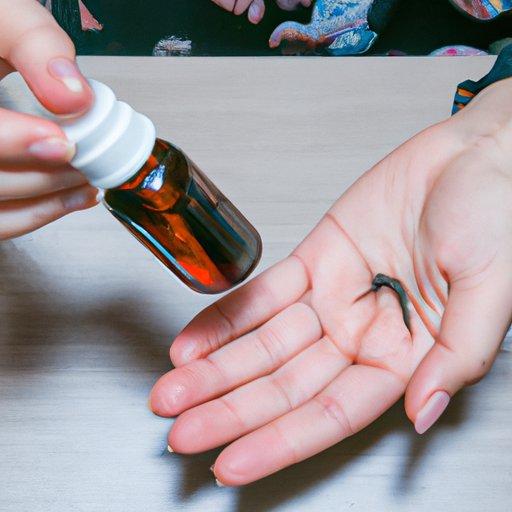
Introduction
Have you ever wanted to learn how to give a good massage? Massages are a great way to relax, relieve stress, and reduce muscle tension. Whether you are a professional massage therapist or just want to learn how to give a simple massage to a friend or loved one, this article will provide you with helpful tips and techniques. In this article, we will cover the basics of giving a good massage, including how to set up a massage room, select the right oils, and use proper techniques. We will also discuss the importance of communication, different body parts to focus on, and how to end a massage properly. Lastly, we will encourage readers to practice self-care to complement their massage experiences.
Start with the basics
Before we dive into the specifics of giving a good massage, it is important to familiarize ourselves with the human anatomy. Knowing the basics of anatomy, such as muscle groups and common problem areas, can help us better understand how to properly massage and treat different parts of the body. Additionally, it is crucial to set up a massage space that is comfortable and relaxing for the client. This includes creating a calming atmosphere with soft lighting, comfortable seating, and soothing music.
Pick the right oils
Choosing the right massage oil is an important aspect of enhancing the massage experience. Different oils have various benefits, such as reducing inflammation, promoting relaxation, and providing a warming sensation. It is also important to consider the client’s skin type and any potential allergies they may have. Essential oils can also be used to complement the massage experience, such as lavender for relaxation or peppermint for invigoration.
Focus on communication
Communication is key when it comes to giving a good massage. Before beginning the massage, it is important to discuss the client’s needs and preferences. During the massage, check in with the client to ensure their comfort and satisfaction. Asking open-ended questions and providing a safe space for the client to communicate their needs can lead to a more personalized and enjoyable massage experience.
Use proper techniques
Using proper techniques when giving a massage can make all the difference. This includes using smooth, gliding strokes, kneading muscles, and using pressure that is appropriate to the client’s preferences. It is also important to consider the direction of the strokes, avoiding pressing too hard on bony areas, and using techniques that are suited for the particular muscle groups being worked on.
Don’t forget about different body parts
While many people focus on the back or neck during a massage, it is important to consider other areas of the body as well. For example, the arms and legs can also benefit from massage techniques such as effleurage and petrissage. Massaging the head can also provide relaxation and stress relief. Incorporating these areas into the massage can provide a more holistic and fulfilling experience for the client.
Finish strong
Ending the massage properly can help maximize its benefits. This includes gradually transitioning the client out of the massage, providing time for them to reorient themselves before getting up, and offering water or other refreshments to replenish fluids lost during the massage. It is also important to provide any necessary aftercare instructions or recommendations to help prolong the benefits of the massage.
Encourage self-care
Self-care is an important aspect of overall health and wellness. Encouraging clients to practice self-massage techniques or other forms of self-care can help enhance the benefits of the massage experience. This can include providing recommendations for stretching, yoga poses, or other exercises that can promote muscle relaxation and reduce tension.
Conclusion
Giving a good massage requires knowledge, technique, and communication. By following these tips and techniques, you can provide a relaxing and fulfilling massage experience for yourself or your clients. Remember to listen to the client’s needs and preferences, use appropriate techniques, and encourage self-care to complement the massage experience. Practicing these techniques can lead to stress relief, muscle relaxation, and an overall sense of well-being.





